Cookie dough has become more than just the raw precursor to cookies—it’s a versatile dessert beloved for its rich flavors and creamy texture. From classic chocolate chip cookies to the increasingly popular edible cookie dough, this sweet treat has captured the imagination of dessert lovers worldwide. With options ranging from safe-to-eat raw dough to innovative uses like stuffed brownies and ice cream mix-ins, cookie dough offers endless opportunities to indulge. For those who want to explore the ultimate way to enjoy this versatile treat, our Ultimate Guide to Cookie Dough provides detailed insights.
With variations like vegan cookie dough and gluten-free options, cookie dough, rooted in baking tradition, has evolved to become a dessert on its own, making it accessible to all. Popularized further by creations such as cookie dough ice cream and brookies, this humble mixture has become a cornerstone of modern desserts. If you’re inspired by cookie dough’s creative possibilities, check out our Soft Chocolate Chip Cookies Guide to refine your techniques or our Best Brookie Recipe for a delightful fusion of brownies and cookies.
Whether you’re looking to enjoy cookie dough as a standalone treat or incorporate it into other desserts, this guide will help you unlock its full potential. Let’s dive into the history, safety tips, and delicious ways to enjoy this timeless favorite.
Table of Contents
What is Cookie Dough?
This cookie is the uncooked mixture of ingredients used to bake cookies. It is celebrated for its rich flavor, creamy texture, and the endless possibilities it offers in both raw and baked forms.
Traditional Ingredients and Their Roles:
- Flour: provides structure and stability to the dough.
- Sugar: Sweetens the dough and aids in caramelization during baking.
- Butter: Adds richness and a soft texture.
- Eggs: Serve as a binder and add moisture, though often omitted in edible cookie dough.
- Baking Powder/Soda: Gives cookies their rise and texture when baked.
Types of this cookie:
- Baked Cookie Dough: Prepared to create traditional cookies.
- Edible Cookie Dough: A raw, safe-to-eat version without eggs and with heat-treated flour.
- Specialty Doughs: Includes flavored varieties like peanut butter, oatmeal, or funfetti.
The basic formula serves as a canvas for creativity, making cookie dough endlessly versatile. To learn more about crafting cookies, visit this Chocolate Chip Cookie Recipe, which details the classic approach.
History and Evolution
The story of cookie dough is as rich and layered as the dough itself, intertwined with the history of cookies and their rise to prominence as a global treat. While cookies have been enjoyed for centuries, the concept of eating raw dough and later celebrating it as a stand-alone indulgence is a much more recent phenomenon that has evolved alongside changes in baking practices, culinary trends, and popular culture.
Origins:
The origin of cookies dates back to the 7th century in Persia, where sugar became a common ingredient. Early cookies were more like small cakes or biscuits, often baked on hot stones. As the art of baking spread across Europe, cookies began to take on their more familiar form, with recipes evolving to include butter, sugar, and flour. However, in the early days, the idea of tasting raw dough was far from common.
In the 18th and 19th centuries, as sugar and baking techniques became more refined, the mixture used to make cookies began to take shape. Household bakers in Europe, especially in the United States, would often sample the dough as part of the baking process, tasting it to adjust the balance of flavors or texture before baking. The act of “licking the spoon” became a cherished ritual, a treat in itself that sparked the idea of enjoying the dough, not just the baked cookies.
The Rise of Raw Dough as a Treat:
Although eating raw dough had been enjoyed for centuries, it wasn’t until the 20th century that the idea of consuming it outside of the baking process gained mainstream popularity. The 1970s saw the birth of cookie dough ice cream, which catapulted this raw treat into the public eye in a new form. Pioneering ice cream company Ben & Jerry’s pioneered this game-changing dessert by blending frozen ice cream with chunks of unbaked dough. This quickly became a phenomenon, with the combination of sweet, creamy ice cream and doughy bits becoming a fan favorite.
The idea of enjoying raw dough took off in various other forms throughout the 1980s and 1990s. As more people embraced the joy of this unbaked indulgence, the demand for dough-based desserts expanded. From ice cream to dough-filled brownies, pies, and cakes, bakers began experimenting with this new trend, giving rise to a host of creative, unbaked dessert concoctions.
The Modern-Day Craze:
Fast forward to the 21st century, and raw dough has truly become a cultural and culinary phenomenon. The development of edible dough made with heat-treated flour and egg alternatives has allowed people to safely enjoy it without the health risks associated with consuming raw eggs or unbaked flour. This innovation sparked the growth of cookie dough as a standalone treat, leading to a wave of dough-centric businesses.
Specialty shops have sprung up in cities across the globe, offering a variety of flavors, from classic chocolate chip to funfetti and even alcohol-infused options. Brands like Doughp have popularized safe-to-eat dough, while companies like Nestlé Toll House and Edoughble offer pre-made versions for consumers who want to skip the hassle of making it at home.
In addition to commercial brands, there has been a surge in home bakers and foodies creating their own versions of edible dough, making it an accessible treat for everyone. These recipes can be easily adapted for various dietary needs, including vegan, gluten-free, and low-sugar variations, ensuring that anyone can indulge in this beloved dessert.
The Future of Dough-Based Treats:
As the dough industry continues to grow, so too does the creativity surrounding this beloved treat. With the rise of new flavor combinations, healthier alternatives, and dough-based products, it’s clear that this indulgence will continue to evolve as a staple of both traditional and modern dessert menus.
Today, cookie dough is no longer just the foundation for cookies—it’s a treat in its own right, beloved for its sweet, creamy texture and nostalgic flavor. Whether enjoyed raw or baked, it remains a symbol of indulgence and creativity in the dessert world, and its future promises even more delicious possibilities.
Edible Cookie Dough: A Safer Option
While this cookie is delicious, consuming it raw poses risks. Edible cookie dough allows you to indulge safely without sacrificing flavor.
Why Traditional Cookie Dough is Risky:
- Raw Eggs: Risk of salmonella contamination.
- Raw Flour: Potential to harbor E. coli bacteria.
How to Make Cookie Dough Safe:
- Heat-Treat Flour:
- Spread flour on a baking sheet.
- Bake at 350°F for 5–10 minutes to kill bacteria.
- Skip Raw Eggs:
- Use pasteurized egg products or replace eggs with alternatives like milk or applesauce.
Visit the Soft Chocolate Chip Cookies Guide for tips on achieving the best texture in cookie dough recipes.
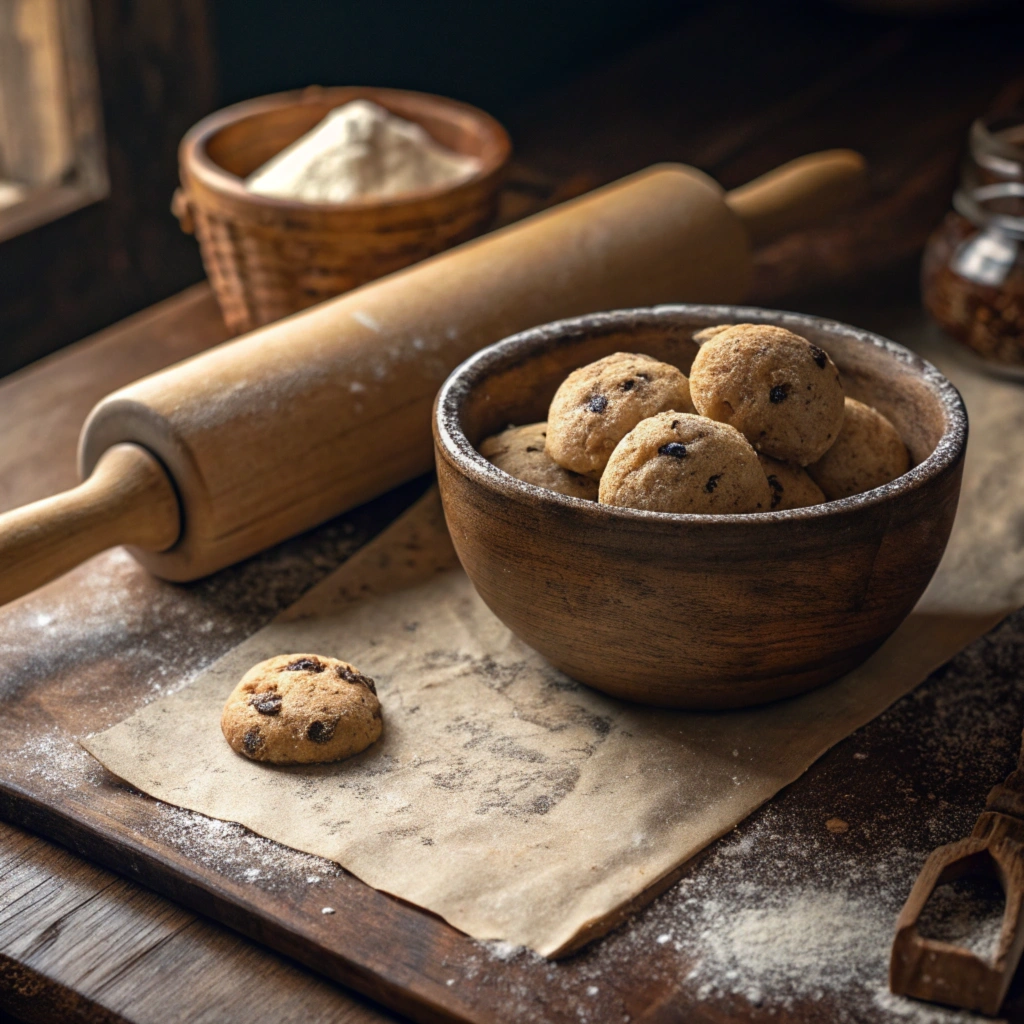
How to Make Cookie Dough at Home
Making homemade cookie dough is not only fun but also allows for endless customization. From classic recipes to dietary adaptations, the possibilities are endless.
Classic Edible Cookie Dough Recipe
Ingredients:
- 1 cup heat-treated flour
- ½ cup unsalted butter, softened
- ½ cup sugar
- ½ cup brown sugar
- 2 tablespoons milk
- 1 teaspoon vanilla extract
- ½ cup chocolate chips
Instructions:
- Cream butter, sugar, and brown sugar together until light and fluffy.
- Mix in milk and vanilla extract.
- Gradually add the heat-treated flour until a dough forms.
- Fold in chocolate chips.
Variations
- Vegan Option: Replace butter with coconut oil and milk with almond or oat milk.
- Gluten-Free: Use almond flour or a gluten-free baking blend.
- Low-Sugar: Substitute sugar with a natural sweetener like stevia.
Tips for Success
- Do not overmix, as this can affect the dough’s texture.
- Experiment with mix-ins like nuts, sprinkles, or white chocolate chips for unique flavors.
Creative Uses for Cookie Dough
The versatility of cookie dough goes far beyond a simple snack. With endless possibilities for sweet creations, it can be incorporated into a variety of desserts to satisfy every craving. Here are some exciting ways to enjoy this delightful treat in new and innovative ways:
Popular Ideas:
- Dough-Infused Ice Cream: Why settle for plain ice cream when you can elevate it with chunks of raw dough? Mix generous pieces of dough into your favorite ice cream flavor for a delightful combination of creamy and chewy textures. For homemade versions, check out these Ninja Creami Ice Cream Recipes.
- Stuffed Brownies: Take brownies to the next level by layering dough between rich brownie batter before baking. The result is a delicious fusion of two beloved desserts. Try using gooey chocolate chip dough or even peanut butter versions for extra indulgence.
- Cookie Dough Milkshake: Blend dough with milk and vanilla ice cream for a rich, indulgent milkshake. Add some chocolate chips or sprinkles for extra flair and texture. This is a great way to enjoy raw dough in a refreshing, drinkable form.
- Brookies: These irresistible hybrid treats seamlessly blend the flavors of cookies and brownies! Layer a generous amount of dough in the middle of brownie batter for a sweet, fudgy surprise. Check out the Best Brookie Recipe for inspiration.
Unique Innovations:
- Cake Pops with Cookie Dough: Roll dough into bite-sized balls, dip them in melted chocolate, and serve on sticks. These fun treats are perfect for parties, gifts, or a sweet snack anytime. Customize them with sprinkles, chocolate drizzles, or crushed nuts.
- Cheesecake with Dough Swirls: Add chunks of dough to your cheesecake batter before baking to create a decadent combination of creamy and chewy textures. This twist on cheesecake is sure to become a favorite dessert.
- Frozen Dough Bites: For a simple and quick treat, shape dough into small pieces and freeze them. These chilled bites are perfect for snacking on the go, offering a refreshing chewy texture.
With so many creative ways to enjoy this beloved treat, there’s no shortage of delicious options to explore. Whether you prefer a classic favorite or want to try something new, dough-based creations are always a sweet indulgence.ough.
Cookie Dough in the Market
The cookie dough industry has grown exponentially, offering a range of products catering to diverse tastes and dietary needs.
Popular Brands:
- Nestlé Toll House: Offers pre-portioned dough for baking and edible cookie dough tubs.
- Ben & Jerry’s: Known for its iconic cookie dough ice cream.
- Doughp: Focuses on edible, alcohol-infused dough.
Market Trends:
- The rise of vegan and gluten-free options has expanded cookie dough’s appeal.
- Sustainable packaging and ethically sourced ingredients are gaining traction.
The variety of cookie dough products ensures something for everyone.
Health and Nutrition
While this cookie is undeniably delicious, it’s best enjoyed in moderation. Let’s explore its nutritional profile and tips for healthier indulgence.
Nutritional Facts:
- Calories: Around 150–200 per serving, depending on the recipe.
- Sugar: High sugar content from sweeteners.
- Fats: Includes saturated fats from butter or substitutes.
Healthier Alternatives:
- Use whole grain or almond flour instead of all-purpose flour.
- Reduce sugar by replacing it with natural sweeteners like honey or stevia.
- Add mix-ins like dark chocolate chips for antioxidant benefits.
Enjoying healthier cookie dough ensures you can indulge guilt-free.
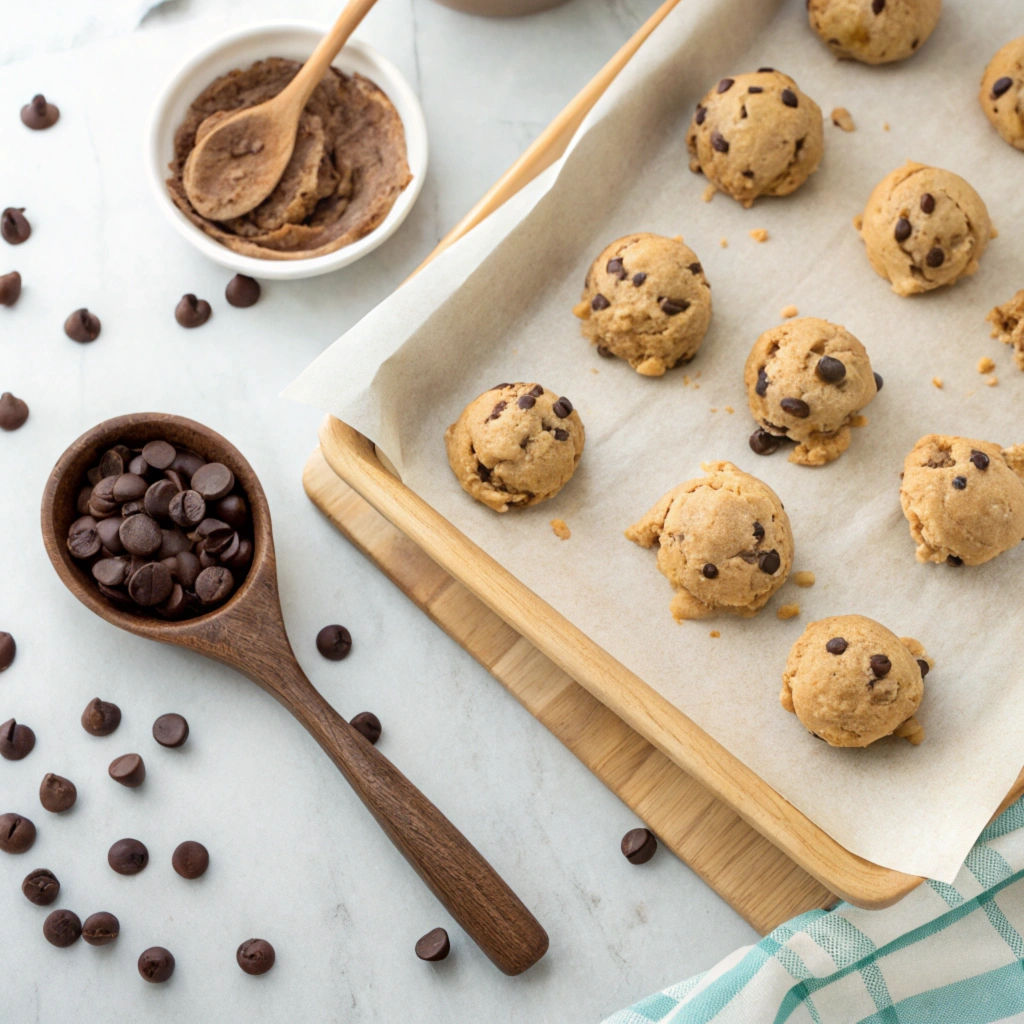
FAQs: Common Questions About Cookie Dough
What makes cookie dough edible?
Edible cookie dough is made safe by omitting raw eggs and using heat-treated flour to eliminate the risks of salmonella and E. coli.
How should this cookie be stored?
- Refrigerate: Store in an airtight container in the fridge for up to a week.
- Freeze: this cookie can be frozen for up to 3 months. Portion it out or roll into balls before freezing.
Can this cookie be frozen?
Yes! You can freeze cookie dough in balls or logs and bake them directly from frozen or allow them to thaw in the fridge before baking.
Is this cookie healthy?
Traditional, this cookie isn’t considered a health food due to its sugar and fat content. However, healthier versions can be made with alternatives like whole-grain or almond flour, natural sweeteners, and dark chocolate chips.
What are some popular cookie dough brands?
- Nestlé Toll House offers both pre-portioned dough for baking and edible cookie dough.
- Ben & Jerry’s is known for their cookie dough ice cream.
- Doughp specializes in alcohol-infused, edible cookie dough.
- Edoughble focuses on safe, edible dough with creative flavors.
Can you bake edible cookie dough?
Yes, edible cookie dough can be baked if you add baking soda or baking powder. However, because it’s typically made without leavening agents, the result will be denser than standard cookies.
What makes this cookie soft?
The balance of butter to flour is key. More butter or fat typically leads to a softer dough, while the right amount of flour ensures structure. Chilling the dough also helps control spread and texture.
How do you make cookie dough safe to eat?
- Heat-treat the flour by baking it in the oven at 350°F for 5-10 minutes to kill any bacteria.
- Avoid raw eggs by using pasteurized eggs or egg alternatives such as applesauce or milk.
What are some creative uses for cookie dough?
- Cookie Dough Ice Cream: Mix chunks of edible dough into your favorite ice cream.
- Stuffed Brownies (Brookies): Layer cookie dough between brownie batter for a dual-textured treat.
- Cookie Dough Cake Pops: Roll dough into balls, dip them in chocolate, and serve them on sticks.
How can I make a healthier version of cookie dough?
- Use almond flour or gluten-free flour.
- Replace sugar with honey, stevia, or other natural sweeteners.
- Add mix-ins like dark chocolate chips or nuts for healthier fats and added nutrients.
Conclusion
In conclusion, cookie dough is more than just a baking step—it’s a dessert phenomenon that has carved its own space in the world of sweets. From its evolution alongside classic chocolate chip cookies to the rise of edible, safe-to-eat varieties, cookie dough continues to captivate dessert lovers with its creamy, nostalgic charm. Whether you’re folding it into brownies, turning it into ice cream mix-ins, or savoring it raw, there’s no limit to the ways you can enjoy this indulgence. For inspiration, explore our Ninja Creami Ice Cream Recipes or create your twist with our Peanut Butter Chocolate Chip Cookies recipe.
Cookie dough is evolving, offering endless creative possibilities for both home bakers and dessert enthusiasts. From gluten-free and vegan adaptations to gourmet infusions, it’s clear that this classic treat will remain a fan favorite. Ready to elevate your baking game or dive into the world of edible dough? Follow us for even more ideas and updates on recipes! Connect with us on Facebook, Instagram, Pinterest, and X for daily inspiration and tips to make your desserts unforgettable.



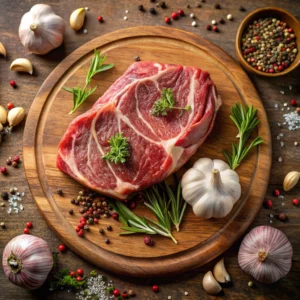


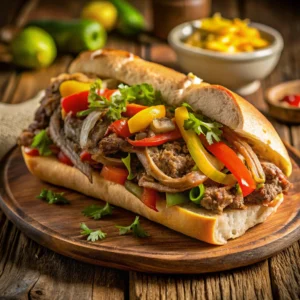
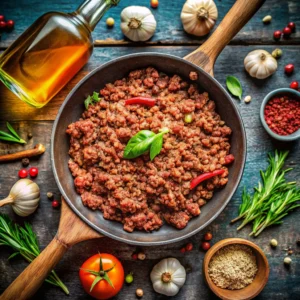
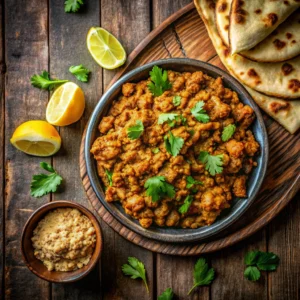


You might also like these recipes
Do You Wash Chicken Keema? The Ultimate Guide to Safe Handling
The Best Side Dishes to Serve With Chili Dogs
Is It Better to Pan Fry or Oven Bake Chicken?